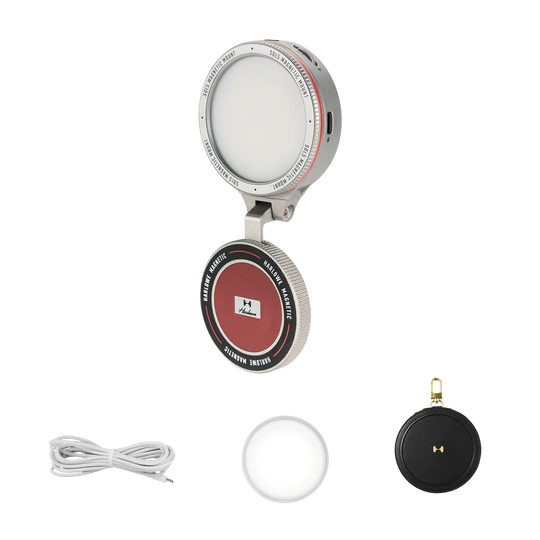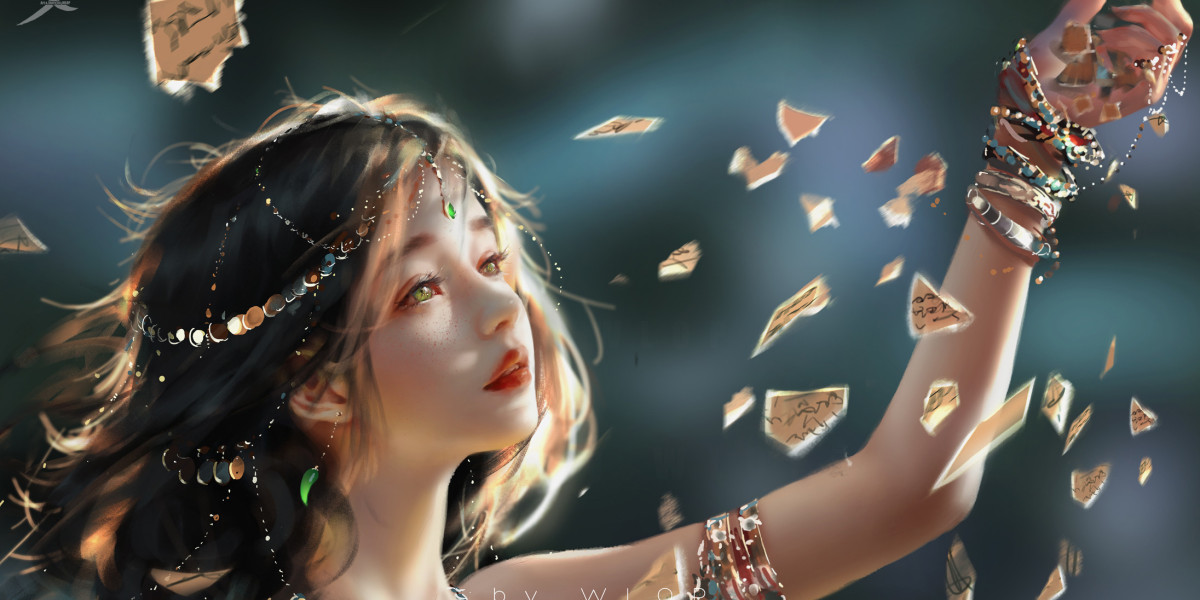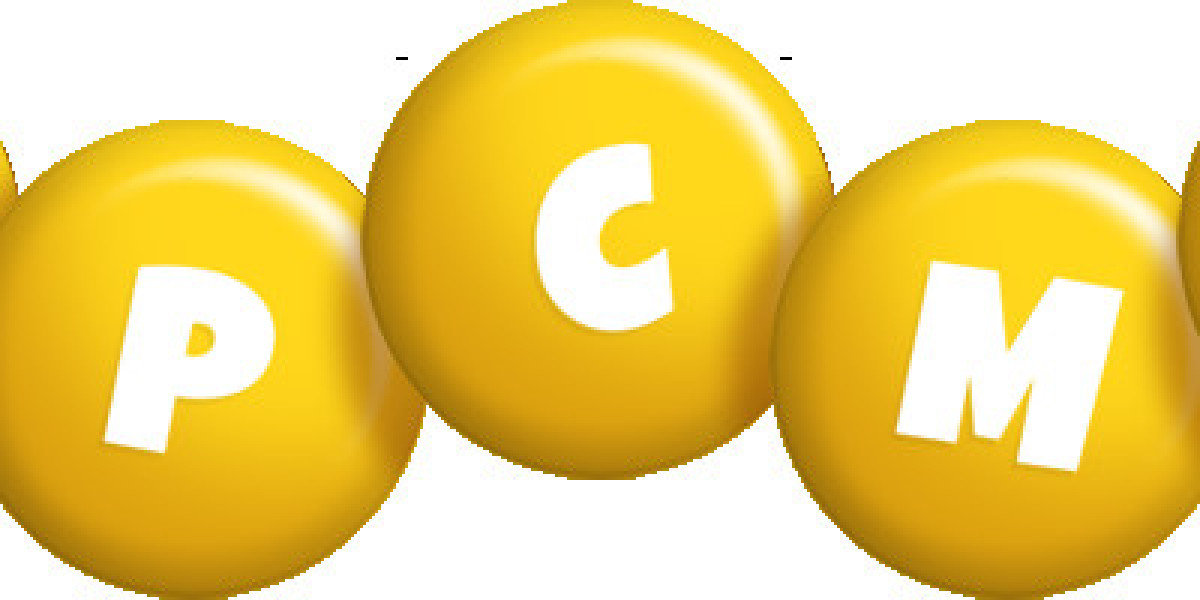Illuminate Your Creativity: Discover the Perfect Lighting for Content Creation!
In the realm of content creation, lighting is often the unsung hero behind captivating visuals. Whether you're shooting a vlog, conducting a tutorial, or streaming live, the quality of your lighting can dramatically affect the overall production value. Poor lighting can lead to unappealing shadows and a lackluster atmosphere, causing your audience to disengage. On the other hand, well-executed lighting can enhance your storytelling, evoke emotions, and keep viewers glued to the screen. This article aims to guide you through the intricacies of lighting equipment tailored for content creators, helping you make an informed choice that elevates your content to new heights.

Understanding Lighting Types
The world of lighting for content creation is diverse, with various types serving unique purposes. Key lights are the primary source of illumination, positioned in front of the subject to create depth and dimension. They are crucial in establishing the mood and highlighting the subject's features. Fill lights, on the other hand, soften shadows created by key lights, ensuring a balanced look. Backlights, positioned behind the subject, add depth and separation from the background, creating a more three-dimensional appearance. Practical lights, like lamps or candles, can add warmth and a natural feel to your scenes, contributing to the overall ambiance. Understanding these lighting types is essential for any content creator looking to enhance their visual storytelling and deliver professional-quality content.
Key Features to Look For
When selecting the right lighting equipment, several key features should be at the forefront of your decision-making process. Brightness is vital; you want lights that can adequately illuminate your scene without causing glare or overexposure. Color temperature is another significant factor; different temperatures can evoke various moods, with warmer tones creating a cozy feel and cooler tones providing a more clinical look. Portability is essential for many creators who travel or shoot in various locations, so consider lights that are easy to transport and set up. Finally, ease of use should not be overlooked; intuitive controls and simple setups can save you valuable time and effort, allowing you to focus on your creative process. Each of these features plays a crucial role in the overall quality of your production, significantly impacting how your audience perceives your content.
Setting Up Your Lighting
Setting up your lighting effectively can make a world of difference in your content quality. For vlogs, positioning your key light at a 45-degree angle to your face can help produce flattering shadows and highlight your features without being overly harsh. In tutorial videos, a three-point lighting setup—combining key, fill, and backlight—creates a professional and dynamic look. For live streams, consider using softbox lights to diffuse harsh lighting, which can be overwhelming for viewers. Additionally, experimenting with light angles can yield surprising results; for instance, angling your lights slightly above eye level can create a more engaging visual effect. Always remember that the goal is to enhance your content's narrative, so take the time to adjust your setup for each unique project.
Budget-Friendly Lighting Solutions
If you're a content creator on a budget, there are numerous affordable lighting options and DIY solutions available. Consider using LED ring lights, which provide even illumination and are relatively inexpensive. Alternatively, desk lamps with adjustable brightness and color temperature can also work wonders when positioned correctly. Don't underestimate the power of natural light; shooting near windows during the day can yield stunning results without any added cost. For those who enjoy DIY projects, creating softboxes from cardboard and sheer fabric can provide a professional look at a fraction of the price. Remember, creativity often triumphs over high-end equipment, so use what you have and make it work!
Enhancing Your Content with Effective Lighting
In summary, the right lighting can drastically enhance your content creation efforts, impacting both the visual quality and viewer engagement. By understanding the different types of lighting, considering essential features, setting up effectively, and exploring budget-friendly options, you can elevate your work to a professional level. Don't shy away from experimenting with various setups and techniques—lighting can be a fun aspect of your creative process. Ultimately, the goal is to bring your vision to life, and with the right lighting, your content can shine brighter than ever before.












